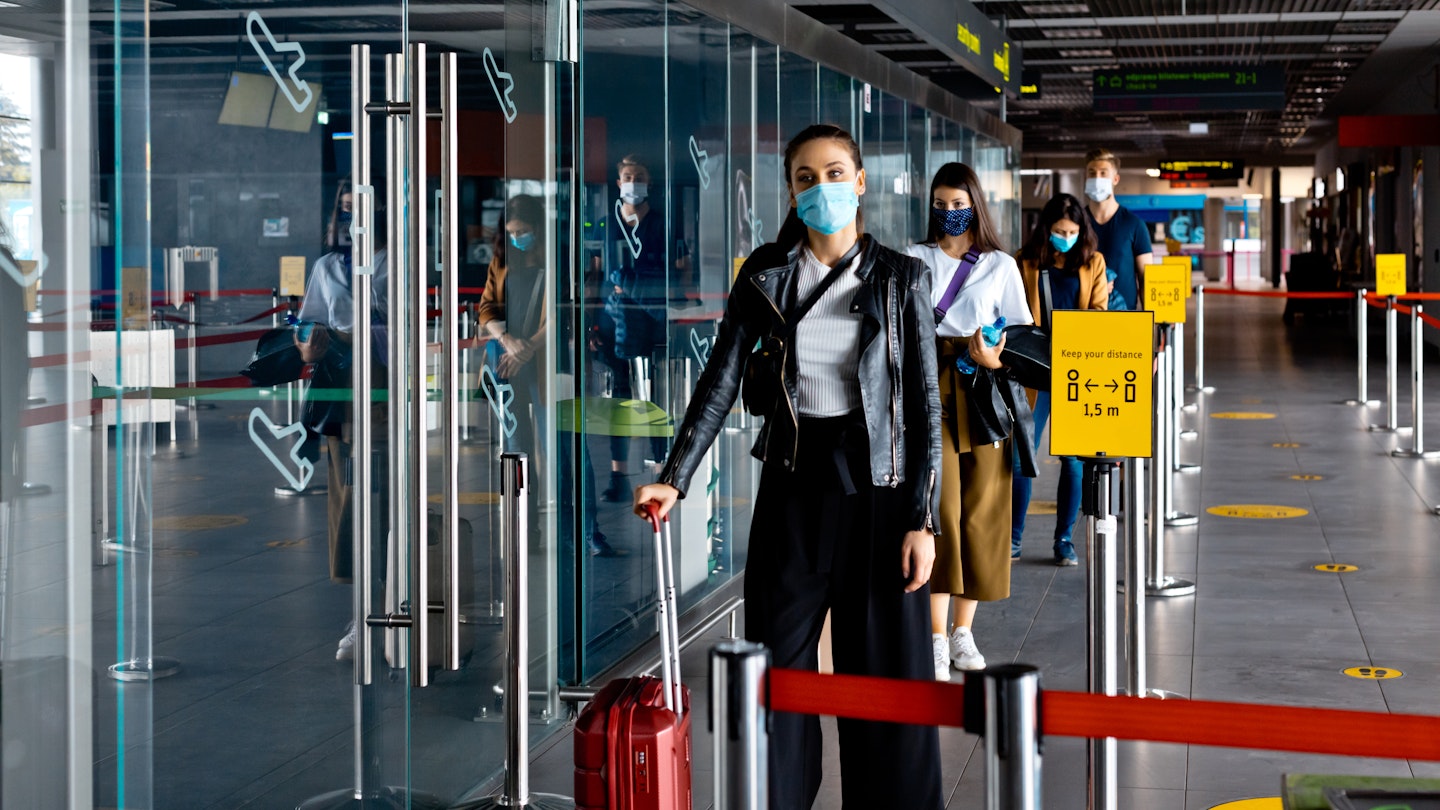Safe Flying Tips During COVID-19
Flying is typically the quickest method to reach vacation hotspots; however, the COVID-19 pandemic has transformed air travel significantly. Travelers are now seeking ways to take to the skies safely and confidently.
Health professionals emphasize that while flying carries some inherent risks, implementing specific precautions can significantly reduce exposure to the virus. Dr. William Greenough III, a professor emeritus of medicine at Johns Hopkins, states, “The highest risks lie in navigating the airport rather than being on the airplane itself.”
1. Choose the Right Airline
As evolve, selecting an airline with robust safety measures is essential. Inquire whether a specific airline is keeping middle seats vacant to enhance social distancing. Airlines like JetBlue and United have reported proactive measures, while others may not prioritize such policies.
“Safety measures vary considerably across airlines. Opt for an airline that prioritizes passenger spacing and isn’t just filling every seat,” Greenough recommends. Moreover, consulting a travel agent can help identify airlines that adhere to stricter safety protocols. It’s also wise to ask about cleaning practices.
2. Time Your Flight Wisely
Flying during less busy times, such as early mornings or late evenings, can minimize airport crowding. Fewer passengers mean shorter lines at security checks, baggage claims, and more manageable social distancing.
3. Get Tested for COVID-19
Before traveling, getting a COVID-19 test is critical, according to Dr. M. Kumi Smith from the University of Minnesota. “The more travelers we have worldwide, the higher the chance of spreading the virus to less infected areas. Therefore, a negative test is essential as part of safe travel preparation,” Smith advises.
4. Drive to the Airport
Following guidelines from the Centers for Disease Control and Prevention, it’s preferable to drive to the airport rather than using public transportation, which reduces potential exposure to crowds. Ensure to leave ample time to walk to the terminal from the parking lot, and sidestep busy shuttles.
5. Wear a Mask
Most airlines mandate mask-wearing for travelers aged two and older in all areas, including gates and during flights. Masks can be briefly removed for eating and drinking. As Dr. Smith notes, “Airports are becoming busier again, so it’s crucial to remain vigilant about wearing masks, maintaining distance, and practicing good hygiene.”
Make sure to bring at least two masks. Always wear one, and keep a spare in a clean, disposable paper bag to limit microbial growth. Check the airline’s specific face covering policy as some may have restrictions on certain types of masks.
6. Adhere to Security Checkpoint Protocols
Following the latest guidelines helps minimize interactions at Transportation Security Administration (TSA) checkpoints. Personal items like wallets and phones should remain in carry-ons instead of being placed in bins. Additionally, boarding passes will no longer be handled by screening agents. For efficiency, transport snacks in clear plastic bags for inspection.
After passing through security, it’s important to wash your hands thoroughly for at least 60 seconds.
7. Pack Essential Items
Be sure to include the following pandemic essentials in your travel gear:
-
Hand sanitizer: Bring a bottle (up to 12 ounces) with at least 60% alcohol content. Use sanitizer after handling common items on the plane.
-
Sanitizing wipes: Clean tray tables and seatbelts with wipes once you board.
-
Light blanket and pillow: Some airlines have ceased offering these amenities for hygiene reasons.
-
Water bottle: Bring your own, as many public fountains are closed, and many airlines are not serving drinks.
-
Tissues: Use tissues to open restroom doors and overhead bins, and to cover sneezes or coughs.
8. Take Precautions During the Flight
Maintaining a distance of 6 feet from other passengers is crucial. Dr. Smith advises, “Many are overly focused on airborne germ spread on the aircraft; however, physical proximity to other passengers poses a greater risk.” Always remember to:
-
Wash your hands after using the restroom.
-
Avoid touching your face, particularly the eyes, nose, and mouth.
-
Steer clear of high-contact surfaces such as handrails or kiosk buttons.
Keep your mask on and hand sanitizer within reach, as these are critical defenses during your travel.
9. Rethink Post-Flight Transportation
After landing, it’s common for passengers to head to rental car counters or shuttle buses. These options inherently involve risks due to the potential for exposure in enclosed spaces without upgraded air filtration systems. “Getting from the terminal to the rental car site can pose logistical challenges and risk,” Greenough reminds us.
Look for alternatives; for instance, in smaller destinations, rental car facilities often are within walking distance of the airport.
10. Stay Home If Unwell
This guideline is essential yet often overlooked: do not board a plane if you exhibit symptoms of COVID-19 or have a fever.




